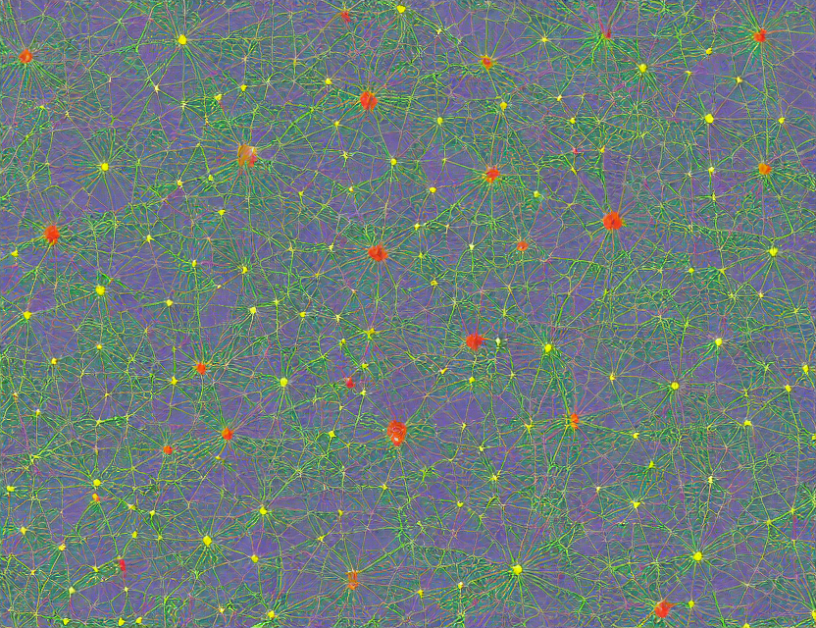In this study, researchers investigated the spread of information through various types of networks, including social media, citation networks, and web graphs. They used a new algorithm called Quantum Evolutionary Salp Swarm Algorithm (QSSA) to optimize the spread of information in these networks. QSSA is inspired by the behavior of salps, small aquatic animals that use bioluminescence to communicate with each other.
The researchers tested their algorithm on four real-world datasets: Jazz (Kunegis, 2013), soc-Wiki-Vote (Leskovec et al., 2010), email-univ (Leskovec et al., 2007), and Hamsterster. They found that QSSA outperformed other algorithms in terms of maximizing information diffusion, especially when the probability of infection was set to 0.1.
To understand how QSSA works, think of it as a swarm of salps communicating with each other. Each salp emits light based on its neighbors’ signals, creating a complex pattern of light and darkness. The algorithm mimics this process by simulating the interactions between nodes in the network, adjusting their connections and strengths to spread information efficiently.
The researchers also compared their results with previous studies that used other algorithms, such as PageRank and Random Surfing. They found that QSSA was more effective in maximizing information diffusion, especially when the network was highly connected or had a power-law degree distribution.
Overall, this study demonstrates the potential of using quantum evolutionary algorithms to optimize information diffusion in complex networks. By leveraging the principles of bioluminescence and swarm behavior, QSSA can help design better communication systems that are more efficient and effective.
Computer Science, Social and Information Networks
Quantum Inspired Algorithms for Social Network Analysis



